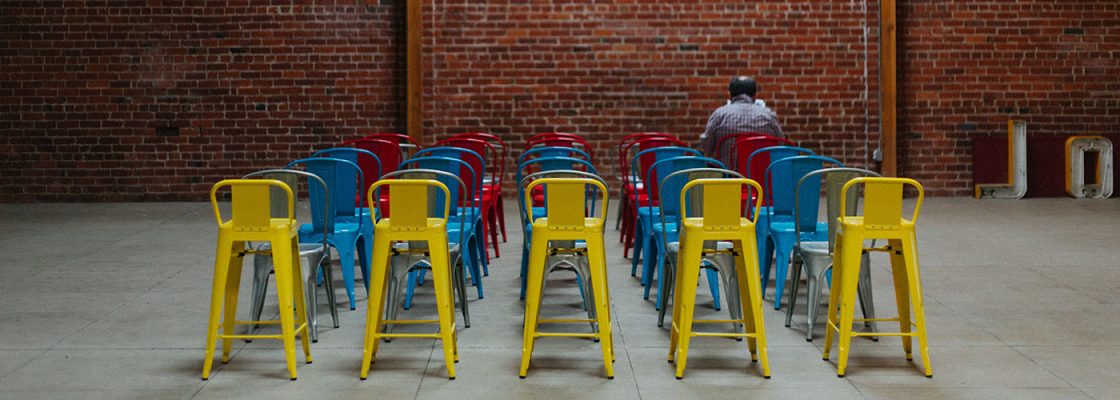Event season is in full swing here at CCI. I just wrapped up the first meeting of the year and we’re now heading into a season packed with program events. I’m constantly asking myself: How can I push myself to design meetings that disrupt the status quo of “same old, same old meeting?” How do I turn passive attendees into active participants? How can we rethink the meeting experience that leaves participants wanting more?

Designing an event is no small feat. It takes months of planning to successfully execute a single event. And because time is precious, the protected space to research and improve on meeting design can get shuffled to the bottom of our never-ending task list. When you lose planning time, you lose out on designing a meeting where functionality and experience are carefully intertwined with content. And then we’re back at square one, shuffling attendees into windowless conference rooms, forcing them to participate in awkward ice breakers, and asking folks to absorb content-heavy slides with a lackluster speaker at the helm.
So, I ask myself, what are some solutions to break out of this “same old, same old meeting” mold we all know too well?
First up, realize that the “little things” — food and beverage options, venue space and location, registration, and room setup — carry the same weight as meeting content. These are the backbone of a meeting, and in my experience, people remember the odd, low-quality food options, poorly-designed breakout rooms with bad acoustics, and poorly-executed logistics. Why do we settle on round tables or boring theater style seating? Why don’t we challenge ourselves to think through seating options and test ideas like mixing couches with standing high-tops? Or maybe we should think about integrating the surrounding city culture into the meeting design by using local venue space, boutique hotels, and food and music — instead of the large corporate hotel and conference space.
Second, to really examine the user experience, we need to put ourselves in participants’ shoes. We need to see what they see and experience what they experience. This feedback can be terrifying for teams who think their events are great, but it is essential to inform and improve overall meeting design. Don’t rely on an evaluation form for golden nuggets of improvement — it never really provides much insight except for surface-level feedback. This is the first step in engaging the attendee and transforming them into an active participant vs. passive attendee. Imagine the incredible ideas just waiting to be tapped from folks in the room when we design meetings with the user experience at the forefront!
Third, the hardest solution, is marrying logistics with content and activities. I’m going to be completely honest: I struggle a lot in this area and am unsure how to tackle the beast. But I think the first step is to think radically about ways to change the status quo. This is an extreme example, but I have to start somewhere: Instead of the speaker presenting at the front of the room how about placing this person in the middle of the room surrounded by participants? How about engaging participants before the meeting begins with questions, trivia or activities to whet their appetite — instead of waiting for the opening remarks or ice breaker? And instead of confining participants to a windowless conference room, why not go on a “safari” or field trip?
What I’m beginning to learn and practice in my work as CCI’s event planner is to question why we do things a certain way. I’m asking my team to break the mold and test new ideas. I know it’s scary to step away from the conventional ways of thinking and question what’s holding us back from change.
But if you are passionate about your work, then maybe you’re a step ahead of the game.
Find this useful or interesting? We’re constantly sharing stuff like this. Sign up to receive our newsletter to stay in the loop.

